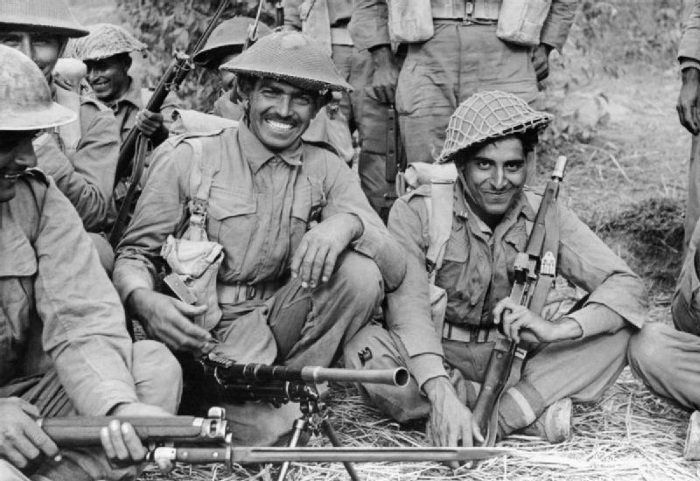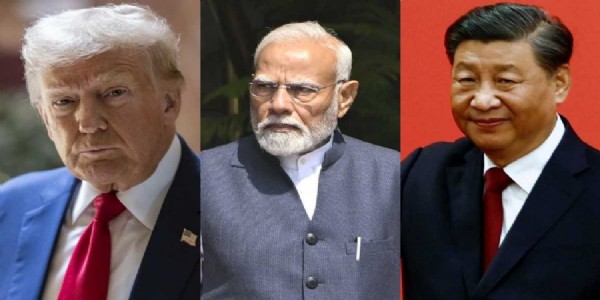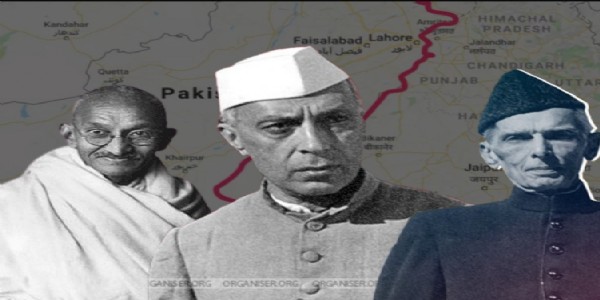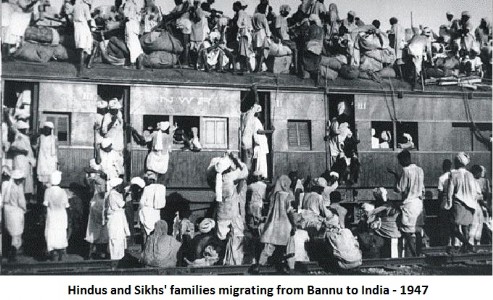Reunion to land after 75 years! Mortal remains of two soldiers of WW II from Haryana brought home
Total Views |
Chandigarh, Jun 4: India, in spite of being a colony of the British empire, contributed enormously with not just monetary forces but also with human resources. The stories of soldiers are famous across India. Mortal remains of sepoys Palu Ram of Hisar and Hari Singh of Jhajjar, who went missing in Italy while fighting the German army during World War-II reached their native villages after 75 years on Monday.

On this occasion, Ramesh Koth, a relative of Palu Ram said, “We are proud that our ancestor participated in World War-II. Now, we can immerse his ashes as per our religious rites”.
He stated that Palu Ram was 19 years old when he took part in the war. He participated as a soldier of the Fourth Battalion of the 13th Frontier Force Rifles, which was under the British Indian Army. He went missing on September 13, 1944, fighting the German Infantry division at Poggio Alto in Italy.
Further, Ramesh said, “We were surprised after the Indian Army, in October last year, broke the news about the recovery of his mortal remains”. Ram also said the army contacted him on the basis of the pension records. “My great grandfather Pat Ram had been getting the pension of Palu Ram since he was reported missing in action.”
Subedar Jagrattan Singh, who brought the mortal remains, said a team under the leadership of Air Vice Marshal Bakul Upadhyaya of the National Defence College had reached Itlay and brought the ashes of Sepoy Hari Singh of Jhajjar and Sepoy Palu Ram of Hisar to India with full military honors.
In Jhajjar, agriculture minister Om Prakash Dhankar was present when the ashes of Sepoy Hari Singh reached the district Sainik Welfare Board. Dhankar said many Bravehearts from Haryana had participated in the World War-I and World War-II.
A relative of Hari Singh said the latter had joined the army when he was 17. Hari Singh was a member of 4/13 FF Rifles and got martyred on September 13, 1944. According to reports, bones were found in Poggio Alto in 1966. The Italian authorities began investigations to identify the remains in 2010.
The DNA tests in 2012 discovered that the remains belonged to non-European adults aged 20-21 years who were later identified as Palu Ram of Nangthala and Hari Singh of Jhajjar




